
MC Yallah & Debmaster
Alex Paxton
Gina Birch
Pharaoh Overlord
I’m Being Good
DJ DIE SOON
Ellen Arkbro
PSYCHE NAH
Gnäw
Rainy Miller
Nina Garcia
Rip Van Winkle
_____________
MC Yallah & Debmaster Deception
‘There are a few times through Gaudencia, Ugandan hip-hop artist Yallah Gaudencia Mbidde’s latest fiery collaboration with French producer Debmaster, where you might be hit with a thought: “Who else would sound as good rapping over this?” These are layered, unruly beats, caked in more dirt and detritus than anything we heard on their last project, 2023’s Yallah Beibe. There are strong grooves laced into them, but the rhythms are often skewed or slippery. MC Yallah speeds through them, finding new pockets to thrive in. Her delivery is addictive, at once smooth and acrobatic. It sounds as though she’s making space for herself on beats other rappers could well disappear within.’ — Skye Butchard
_____________
Alex Paxton Kite
‘GENRE-DEFYING…electronic music; hints of contemporary classical music and moments that sound like a film score…inventive mind…unlike anything I’ve heard before…like being in a musical amusement park with thrills, twists and turns that are guaranteed to delight.’ — Cultural Attache
_____________
Gina Birch Doom Monger
‘An artist, filmmaker, and founding member of the game-changing late 1970s collective The Raincoats, Birch is an artist who is not afraid of tackling difficult subjects. She goes straight to the point with the first track, ‘I Thought I’d Live Forever’. While the lyrics address solemn matters such as ageing and mortality, the comically squeaky backing vocals and a deliberate pastiche of Portishead’s ‘Sour Times’ deliver the message instantly: Birch doesn’t give a damn. Spectral dub with sci-fi effects a-la King Tubby on ‘Doom Monger’ is a sedative antidote to the narrative about “crazy monsters screwing us more each day”, hinting at the madness of contemporary politics and those who define its course.’ — Irina Shtreis
_____________
Pharaoh Overlord Louhi
‘In many ways, Pharaoh Overlord are themselves something of a time machine, as the band concur. “One could think of this album as our homage to the Finnish traditional folk music and musicians, with instruments like Hurdy Gurdy or Esseharpa. By combining the traditional with modern and experimental, we are trying to travel in time, to reach out to some ancient core or find a starting point of something unknown, genuine and real.”’ — Rocket Recordings
_____________
I’m Being Good A Greener Shade Of Teal
‘Like forebears Polvo and contemporaries Part Chimp, I’m Being Good’s world is one where curious riffs seemingly leading nowhere will suddenly explode into violence, but Shapeshitter’s more menacing moments are also its most restrained. Opener ‘Parasol’, for example, plucks spindly lines strung across a sinewy, skeletal rhythm-section negotiating challenging terrain, Andrew Clare sounding like a maudlin Damon Albarn as he ruminates about something at a volume drowned out by the tolling guitar chime. An electrifying tension pervades: is a sudden explosion of noise waiting just around the corner? I won’t spoiler it for you, though if this kind of anxiety is your bag, then boy do I’m Being Good got the Sado for your Masochism.’ — Stevie Chick
_____________
DJ DIE SOON SAQ4IME
‘DJ DIE SOON is the apocalyptic alter-ego Daisuke Imamura, whose performances of masked malice have been a fixture in the Berlin underground for the past decade. His latest record My Brothel The Wind takes inspiration from Sun Ra at his most grotesque, conjuring a distorted phantasmagoria with an eclectic crew of compatriots like Rully Shabara, Sara Persico, and longtime collaborator Kiki Hitomi.’ — Drowned By Locals
_____________
Ellen Arkbro Chordalities
‘Ellen Arkbro is a composer, musician, and sound artist working with precision-tuned intervallic harmony and installation. She focuses on the qualities of harmonic sound that reveal listening as an active process of creative participation, inviting the listener to gradually transform into the sound itself.’ — Blank Forms
_____________
PSYCHE NAH BARWARS
‘PSYCHE NAH is a project by NAPPYNAPPA and psychedelic ensemble. which, at the time of this release, has produced four self-titled EPs.’ — Live at the Clinic
______________
Gnäw Karavan e Rahzanan
‘Gnäw is the duo of Finnish modular synth explorer Simo Hakalisto and Iranian multi-instrumentalist Arash Ghasemi. Their first encounter in Milan planted the seed, but it took root in the Czech underground, where their warped take on Persian and Finnish folk instruments—setar, santoor, kantele—collides with throbbing bass, film-noir guitar lines, and Hakalisto’s deep synth arsenal. The result? A drone-fueled, borderless sound that reshapes traditional music into something unrecognizable yet eerily familiar.’ — Psychedelic Baby Magazine
______________
Rainy Miller Vengeance
‘Rainy Miller is a producer and artist known for crafting emotionally charged, atmospheric music that feels both intimate and expansive. Collaborating with vocalist Graham Sayle from High Vis and Christ Bryan, along with composers Alex Currie, August Rosenbaum, Christopher Bryan, J Ludwig III, and More Eaze in the past, his sound blends raw vulnerability with textured sonic landscapes, creating work that feels deeply rooted in personal reflection.’ — Sleek
_______________
Nina Garcia Live at Wharf Chambers Leeds
‘Parisian Guitarist Nina Garcia experiments with improvised noise music. A simple set up of guitar, one pedal and an amp.’ — Mint
_______________
Rip Van Winkle Six Black Horses
‘This is the latest curveball from Robert Pollard’s ever-expanding universe, this time under the banner of Rip Van Winkle. Pollard leans harder into indie art territory here, with scratchy textures, jagged guitar lines, and smaller arrangements. The album thrives on spontaneity and grit—each track sounds like it was captured mid-thought, but with a clear melodic backbone. The instrumentation is rough-edged but never lazy, with snappy transitions and that unmistakable Pollard vocal swagger holding it all together.’ — The Fire Note
*
p.s. Hey. ** scunnard, Hey. I’ve been functioning properly, thank you. Sure, send it over. I’m hungry, and we’ll figure it out, yes. Anticipatory. ** _Black_Acrylic, Hi, Ben. I think the vast majority of Ron Mueck’s work is quite empty and just a cheap trick, but once in a while something of his seems almost accidentally more than that. Kawakubo does Play-Doh … the mind boggles. ** Isabelle, Hi! Welcome! Thank you for tip on Käthe Kollwitz’s drawings. I’ll go see what I can find. Have a swell day. ** Connie, Hi, C. I found HAA’s work on pixiv. There’s quite a bit of their work there. I do know that gif, yes. I think I even posted it here in some context or other at some point. People’s vibes can be so fragile, but I’m weird. Like you, I guess. I don’t know how long we’ll be in Chicago. We haven’t figured that out yet. I don’t know if the festival will give us a guest-list. I can let you know when they do. If I can get you guys in, I will, but I don’t know. Sometimes festivals are generous on that front, and sometimes they’ll just give one comp or two for your mom and dad. I’lll try. ** Dominik, Hi!!! Death trips are one of my specialties, don’t you know. Haha, Zac felt the same about ‘JW’ as you did. Really hated it. I think I just wanted an amusement park ride-like thing, and the last hour got close enough or something. But yes. You too on the rising heat? So sorry. But have a super sweet time with your dad and brother, and see you again at the conclusion. Love trying to get The Jam’s ‘Private Hell’ to stop looping in his mind for almost a week now, G. ** Sypha, I do update the lists, it’s true. Haha, dude, I’m a lister too, so high five. I just listed my all-time favorite amusement park rides here the other week for goodness sake. I am honored that you read forty of my faves. There can’t literally be any other person in the world who’s even thought to do that. Our minds are soulmates. Except that if I knew your 50 favorite novels, I probably would have read only about 2 of them. ** jay, Hey, jay! Oh, great, ‘Totes Haus u r’ is amazing. Every once in a while Gregor Schneider makes something quite incredible. That Bataille was quite the word (and idea) spinner, yep. If you like anime snuff stuff check out the site pixiv if you don’t already know it. Having known some pedophiles, I think it’s more complicated than just the power attraction and varies from case to case, but that’s definitely in there for sure. Serious and powerful and laser targeted luck on the job interview today should you need mystical intervention. So … how did it go? ** alex, Hi, alex! Really nice to see you! Paris’s summer has been really mild, but it’s supposed to get traditionally summery for a while starting today, so say the forecasters. I’ll look for you on Instagram and vice versa. Yeah, I was finally sort of ordered to join Instagram to support our film. It’s okay. I like it. Nothing secret about the Toronto screening. It’s being hosted by the film series Bleeding Edge on September 24th. Zac and I will be figuring out how long we’ll be there soon. Thanks! Sure, I’d like to read your story. Everyone, Here’s the very talented alex with a hot tip: ‘(L)ast month my friend Fan and I recorded a sound poem for SUDS, this audio zine out of California. that one’s online for anyone who’s interested in giving it a listen: here. Um, hm, I’ve thought about trying to play guitar again, but I can easily predict it would be too hard and time consuming, so I haven’t. Otherwise, gosh, maybe not. Enjoy (or hope you enjoyed) the wedding. ** Mari, Hi! Yeah, I’m quite interested in guro. If you don’t already know them, the sites pixiv and gurochan are good resources. What’s the favorite childhood band? Did they live up? The last gig I went to was Nina Garcia, who’s actually in the gig post today. The last actual concert was Neil Young. I think my favorite local venue is this experimental music one called Les Instants Chavirés. Tumblr wouldn’t let me look at that image because I’m not a member. But I’ll search for ‘sinnykitt’. Thanks! I hope your day is as great as mine, and, if mine isn’t great, please don’t let that stop the greatness on your side. ** julian, Hey. Cool, glad you liked those. Awesome that you can come see ‘Room Temperature’! It’ll be nice to get to meet you. Thanks! ** Roma, Hi, Roma. Welcome! Thanks a lot for coming inside! That’s a really good painting. Powerful, yeah. I’ll see what else I can see by Ojārs Pētersons. I don’t know that work. You’re in Toronto. Come see our film. Thank you, and I hope to get to say hi to you at the very least. What’s going on with you? ** Steeqhen, I think the word you’re looking for is guro. ‘Happy Tree Friends’, no. Worth checking? No, it wasn’t me with Thomas at the photo show, but I did see that show a while back. Meh. When I actually click start on ‘Stray’ I will pass along the news good or bad. ** horatio, Hi. Happy you liked the array and especially that you liked the Aki Onda. He’s so great. I wish noise music made me thrash around, but it tends to make me dead still but with very lively eyeballs. Thanks about the festival. Yeah, we’re thrilled, and that it’s the Official Opening Night Film is wild. Big day to you and to your all and sundry. ** Ryaha, Hi! Good to meet you! Horatio has a lot of roommates, it’s cool. I did watch and greatly like Gay Church, you are correct, and kudos directly to you. ‘It’s funny how the music, when shifted to a more queer space, the music sounds like it is singing from a glass closet’: what an excellent sentence not to mention result. Is it okay for a non-puppy to say woof to a puppy and have that woof have any power or meaning? If so, woof! I’ve seen some furry porn, for sure, but not enough to get a grasp on the … genre? I should buckle down. Thank you about ‘Frisk’. Have a happy day or woof, whichever you prefer. ** HaRpEr //, I think that’s what I read about the new version of ‘The Tunnel’, but I’m not 100% sure. I remember the years when there was heavy anticipation about ‘The Tunnel’, when would it come out, would it ever come out, what would it be, etc. It was the literary equivalent of when everyone was waiting for the follow up to ‘Loveless’. Oh, god, the Didion, how totally dreadful and predictable. Ugh. I’ll majorly skip that. ** Justin D, Hi! Yeah, I went back and forth with the color or b&w version of the Sally Mann photo and wound up agreeing with you. Cool you watched ‘Luna’. I love that film, but, yeah, it’s not perfect. My hump day! I forgot about that characterisation. Well, it was in fact kind of a hump day, so good instincts there. How was your day? I hope it was like a slide. ** Bill, She did a series of photos that she took at one of those ‘farms’ where they lay out dead bodies and then study the way they decay. And, yeah, very unlike her other work. ‘Old People’s Home’ was here at the Pinault for while. Pretty fun. Cool about the gig you saw, much less so about the poorly timed second one. Grr. ** Right. Today I made you another gig consisting of YouTube representations of some music I’ve been liking recently, and that’s that. See you tomorrow.
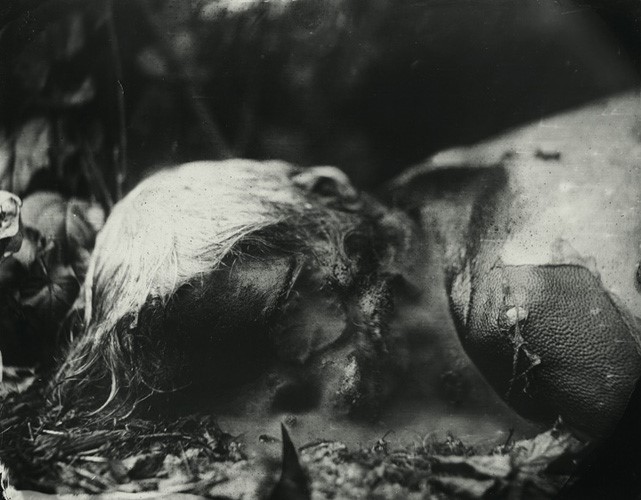

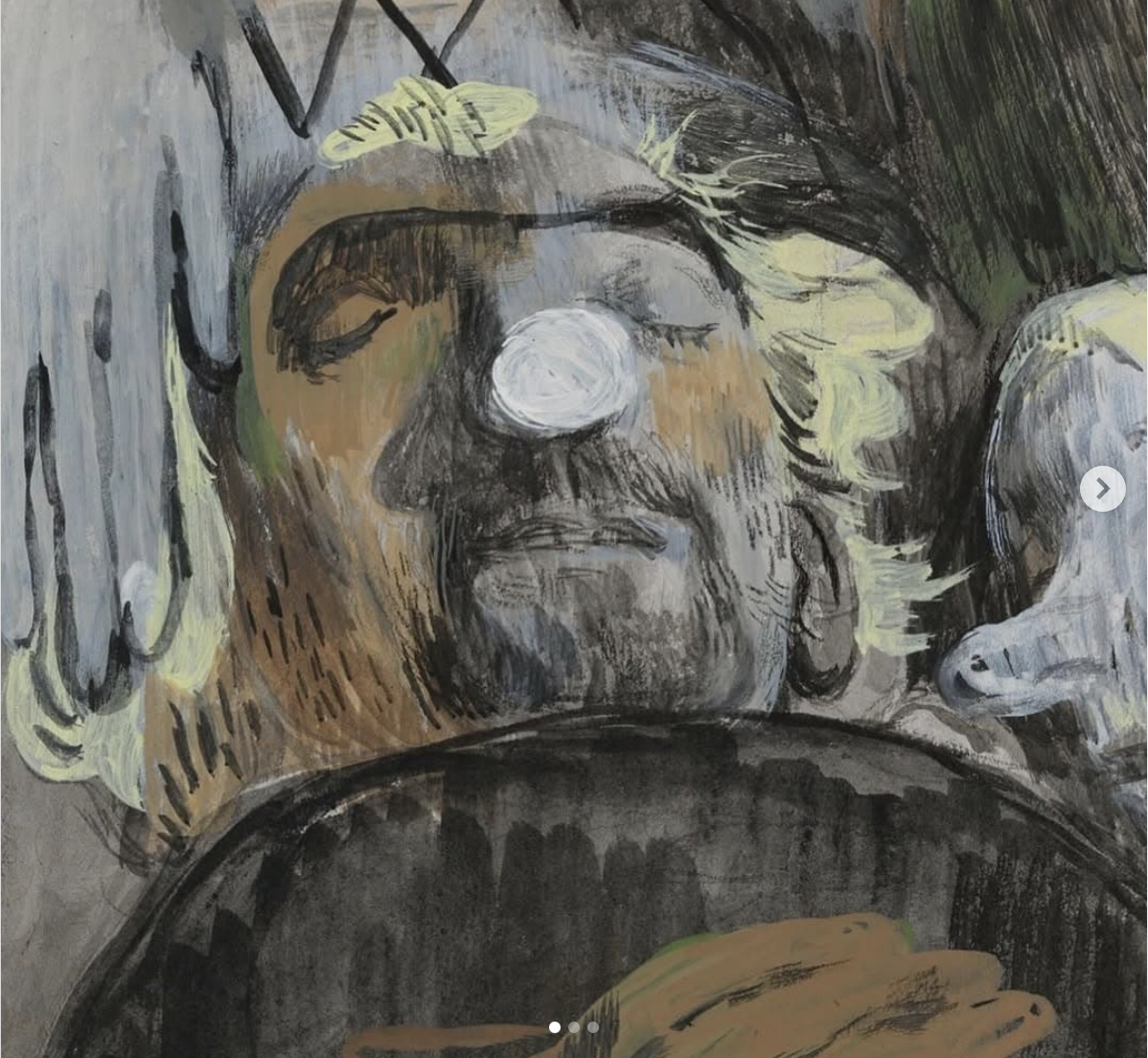


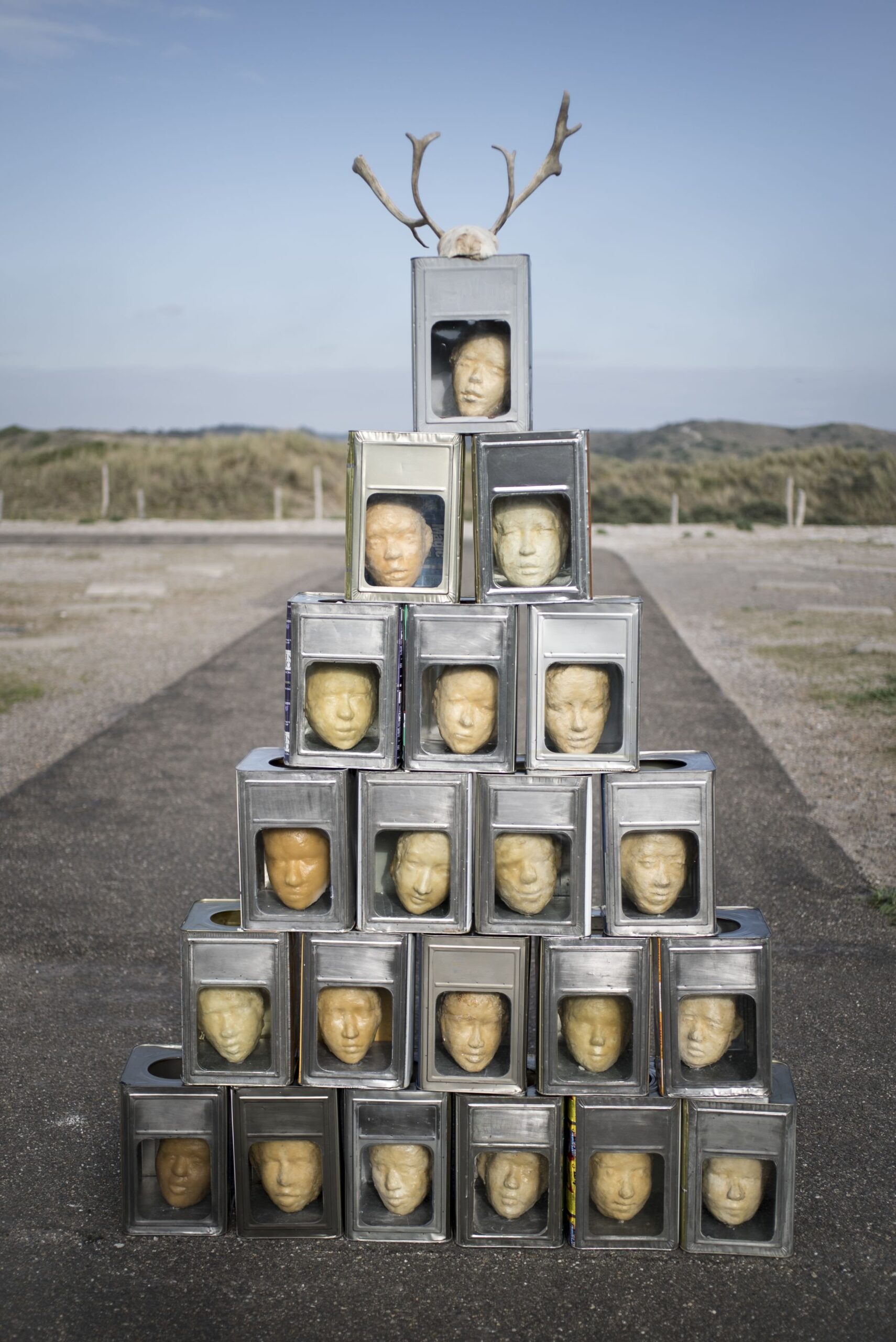
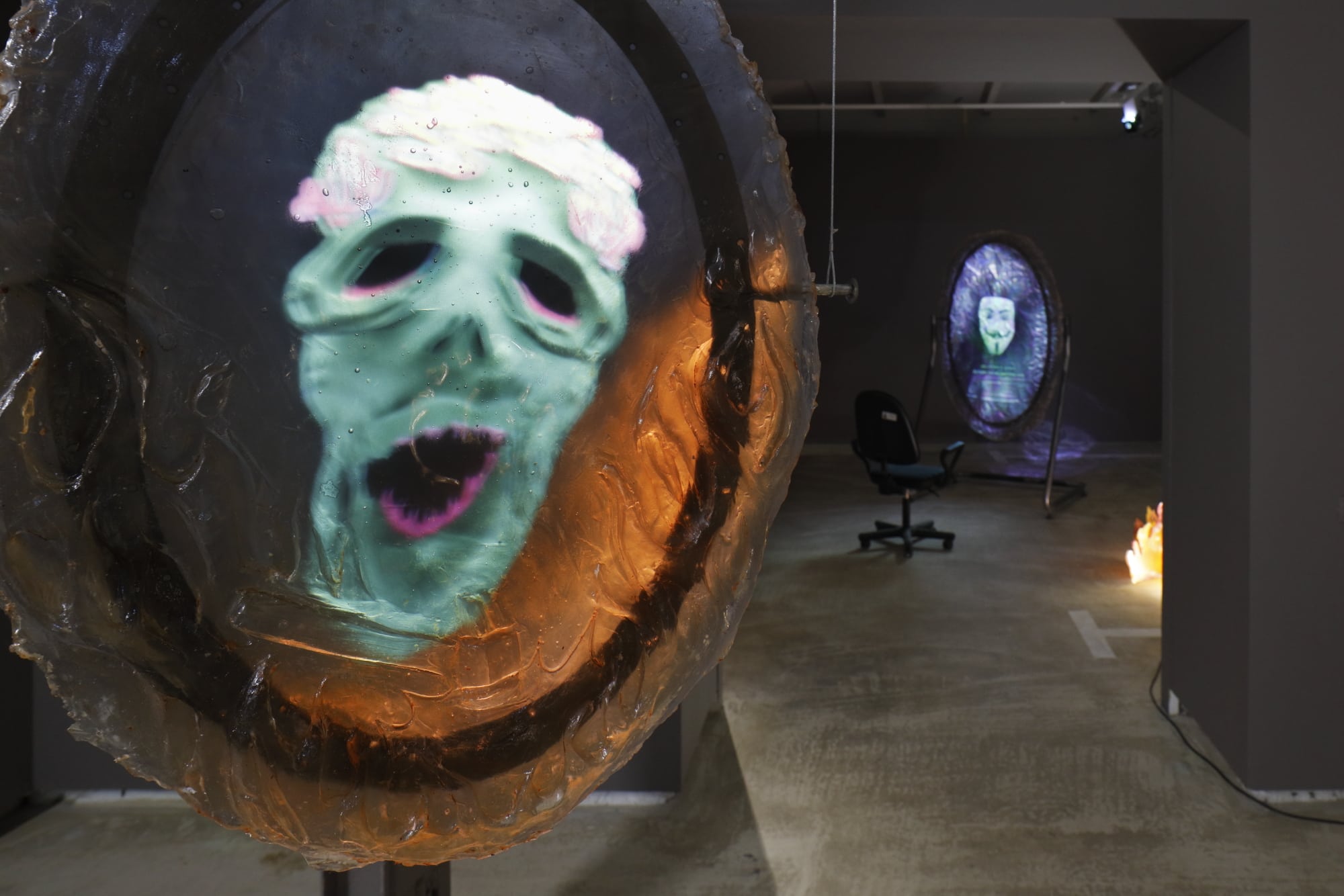
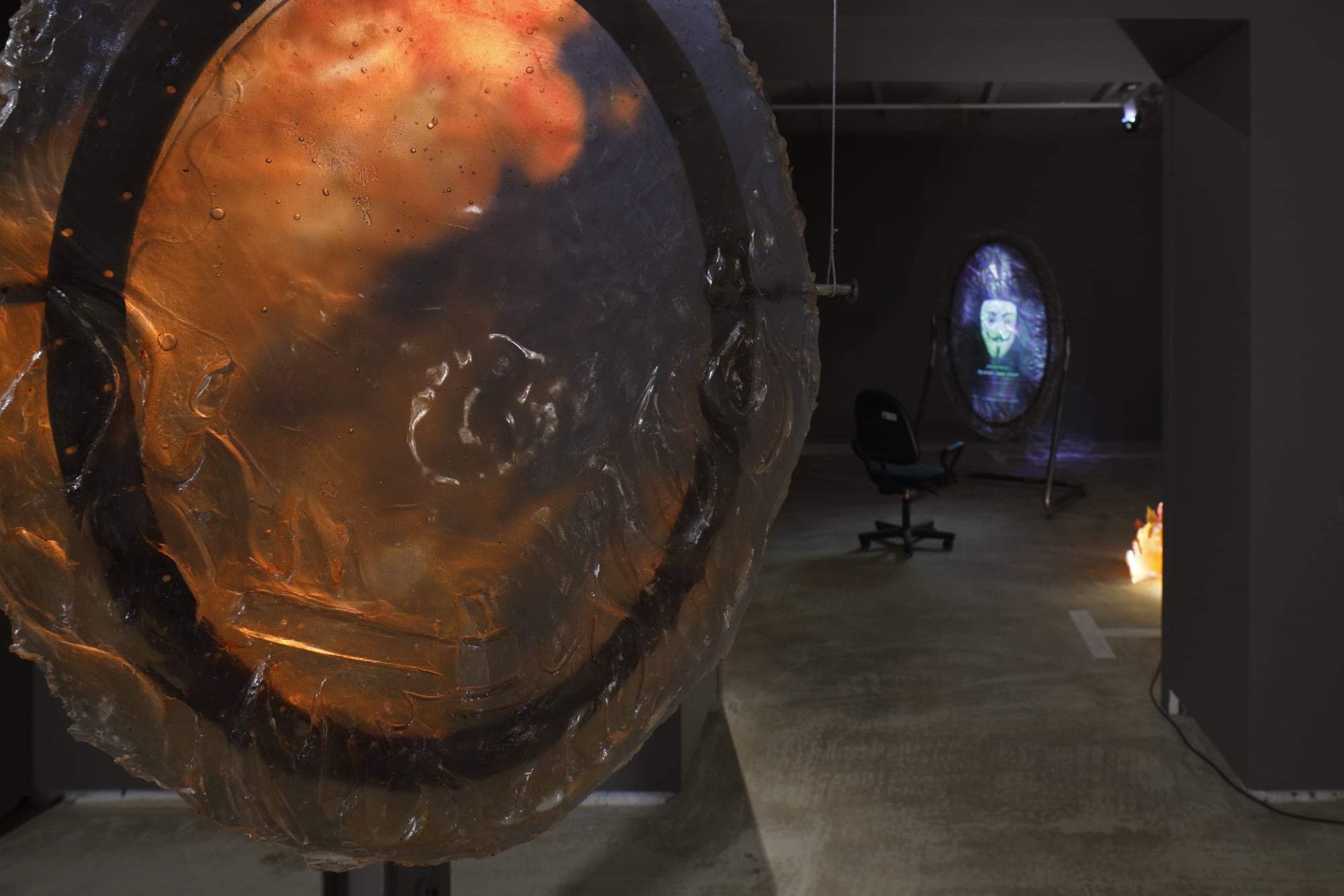
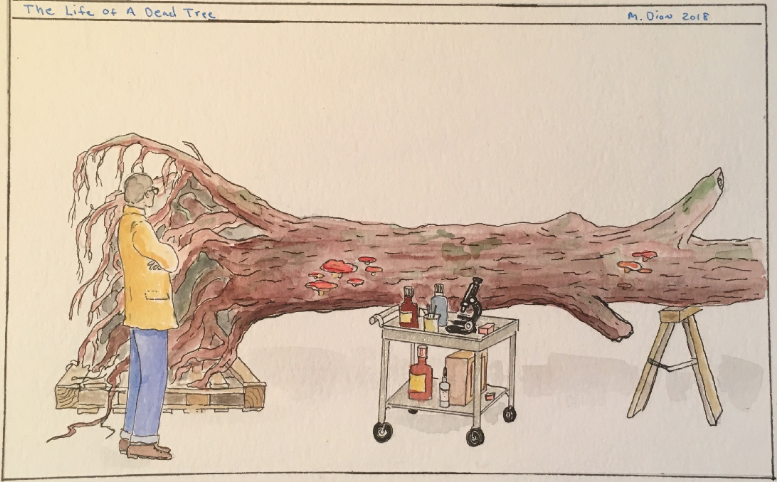

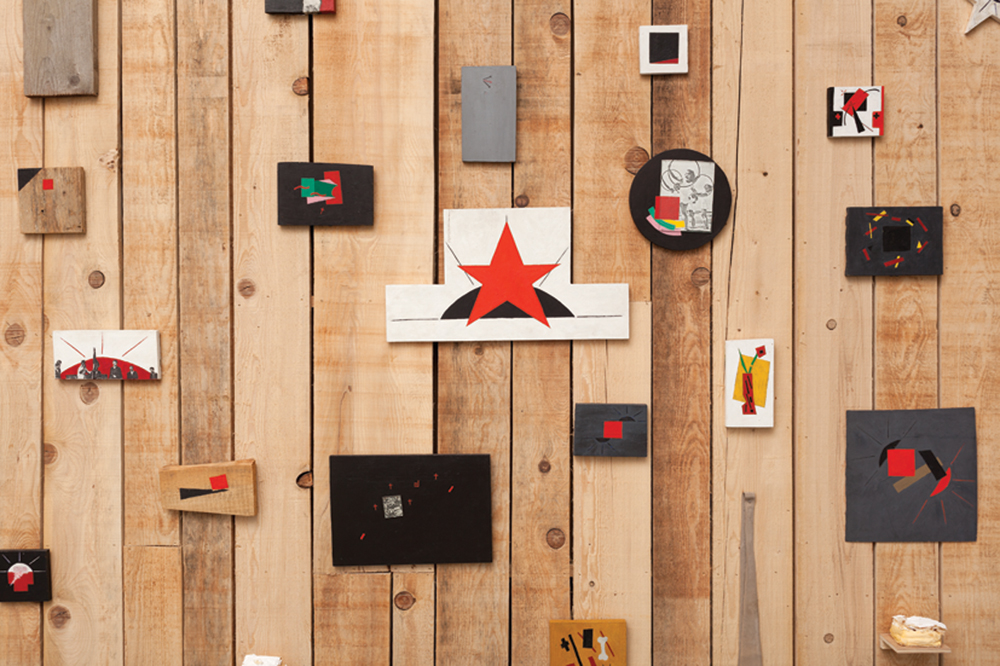





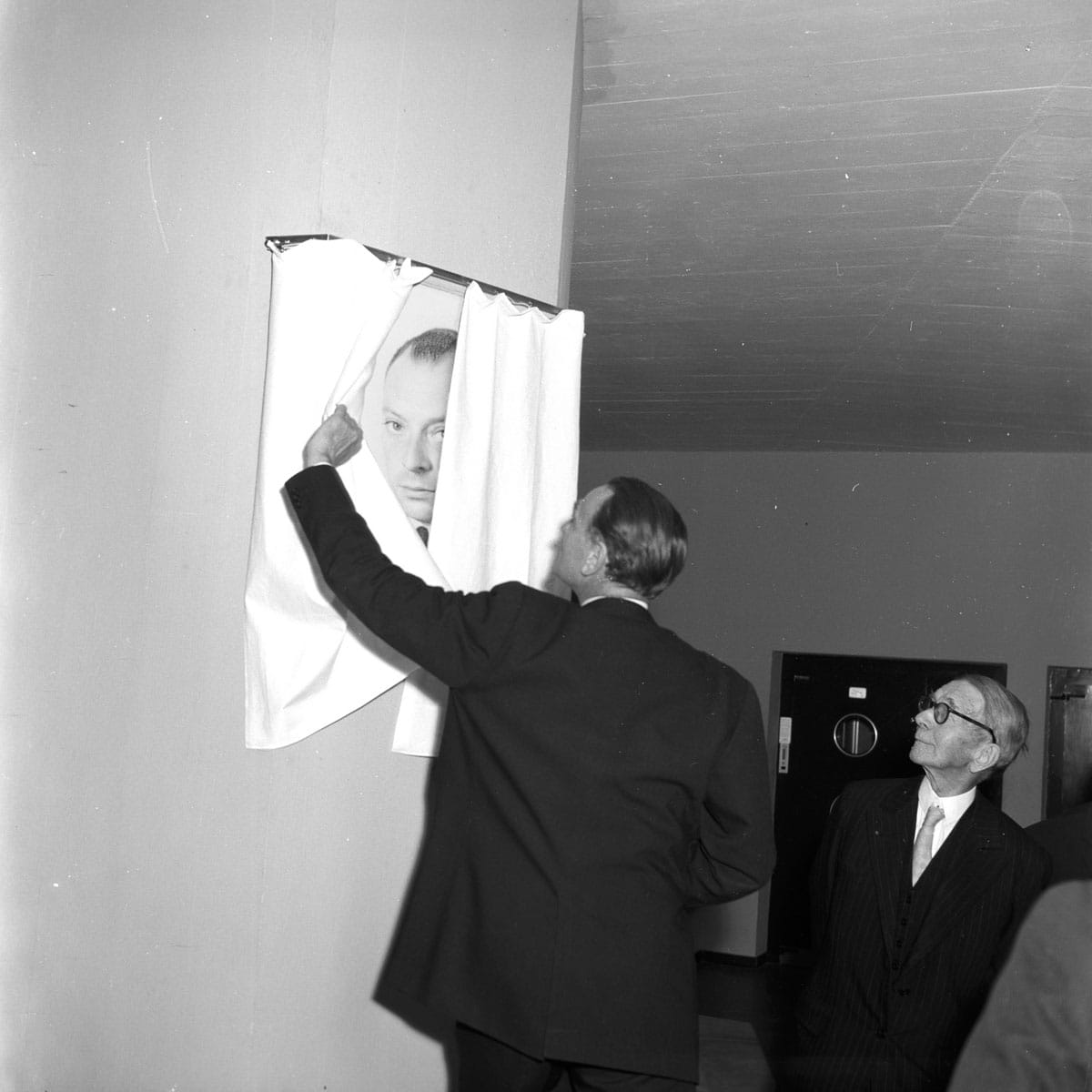

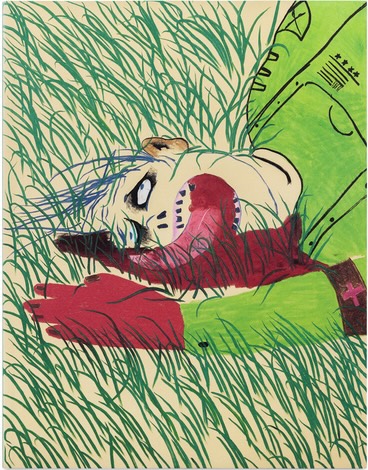

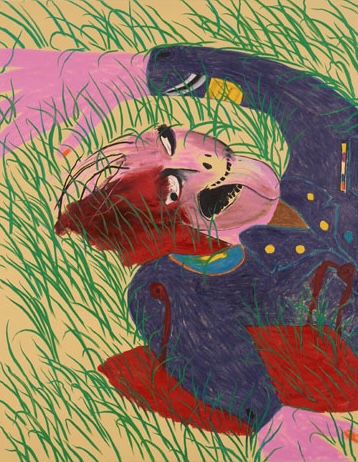
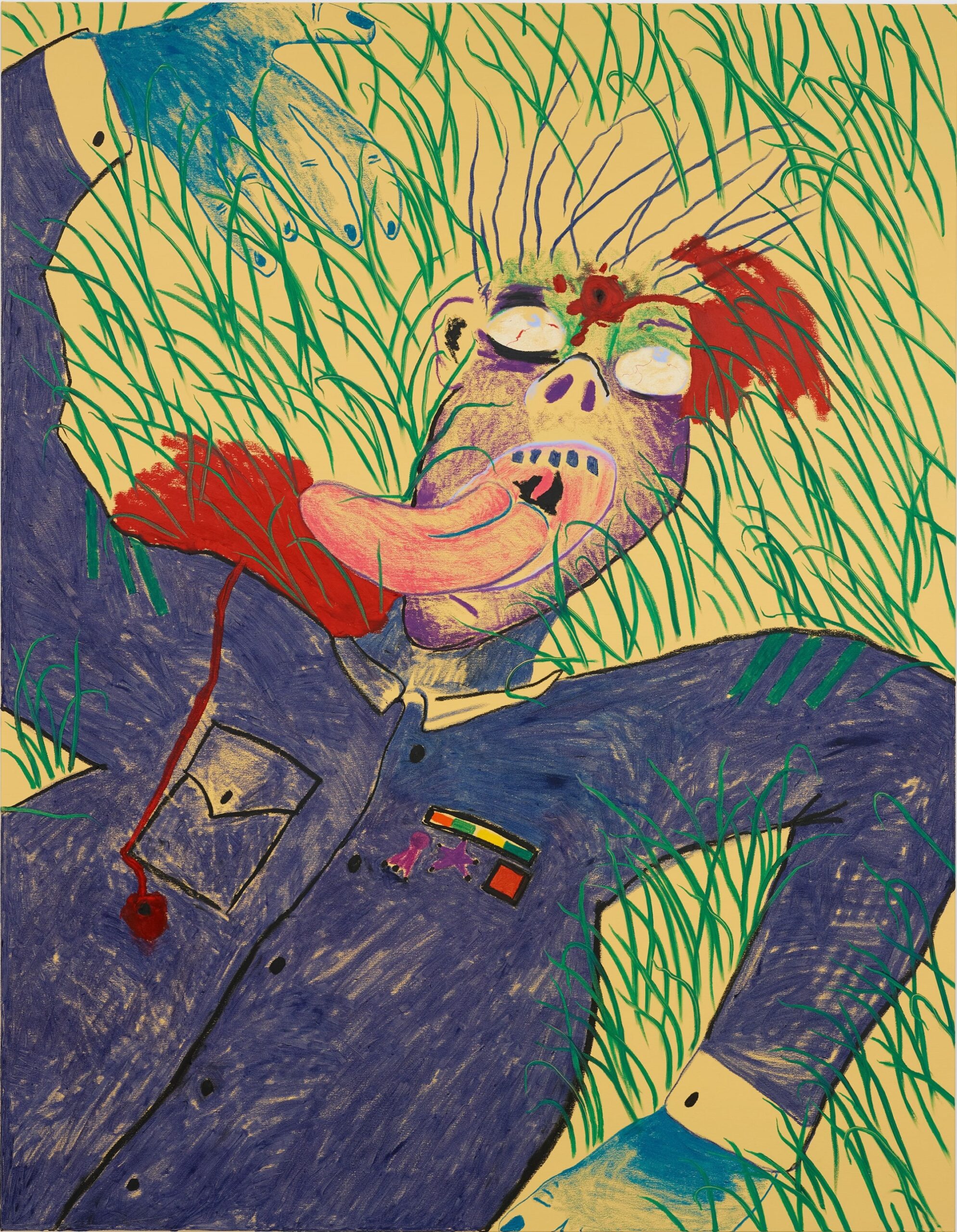

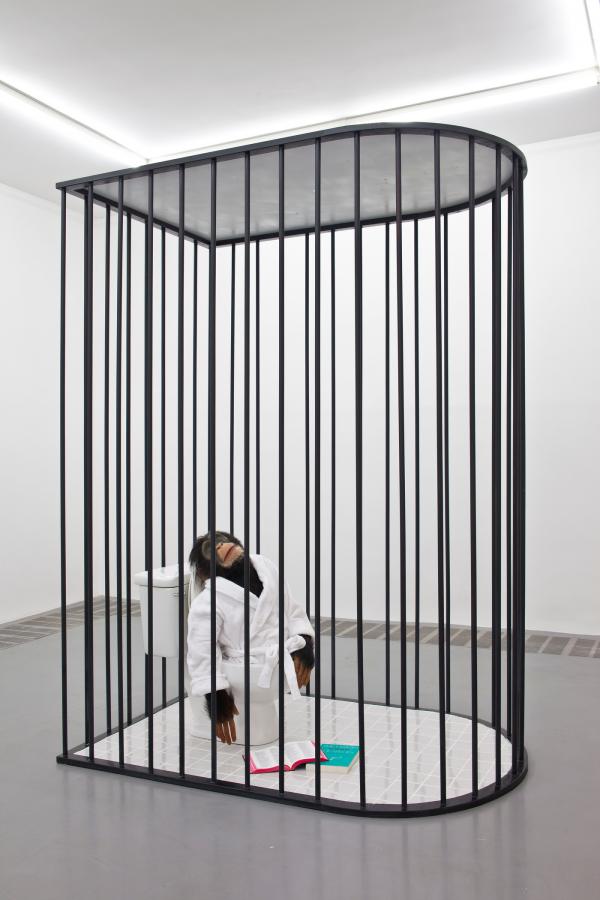
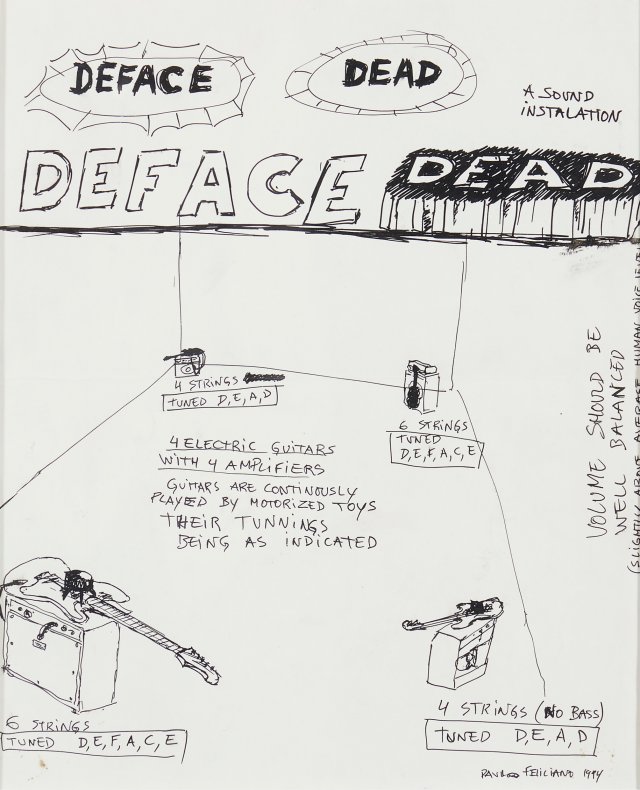


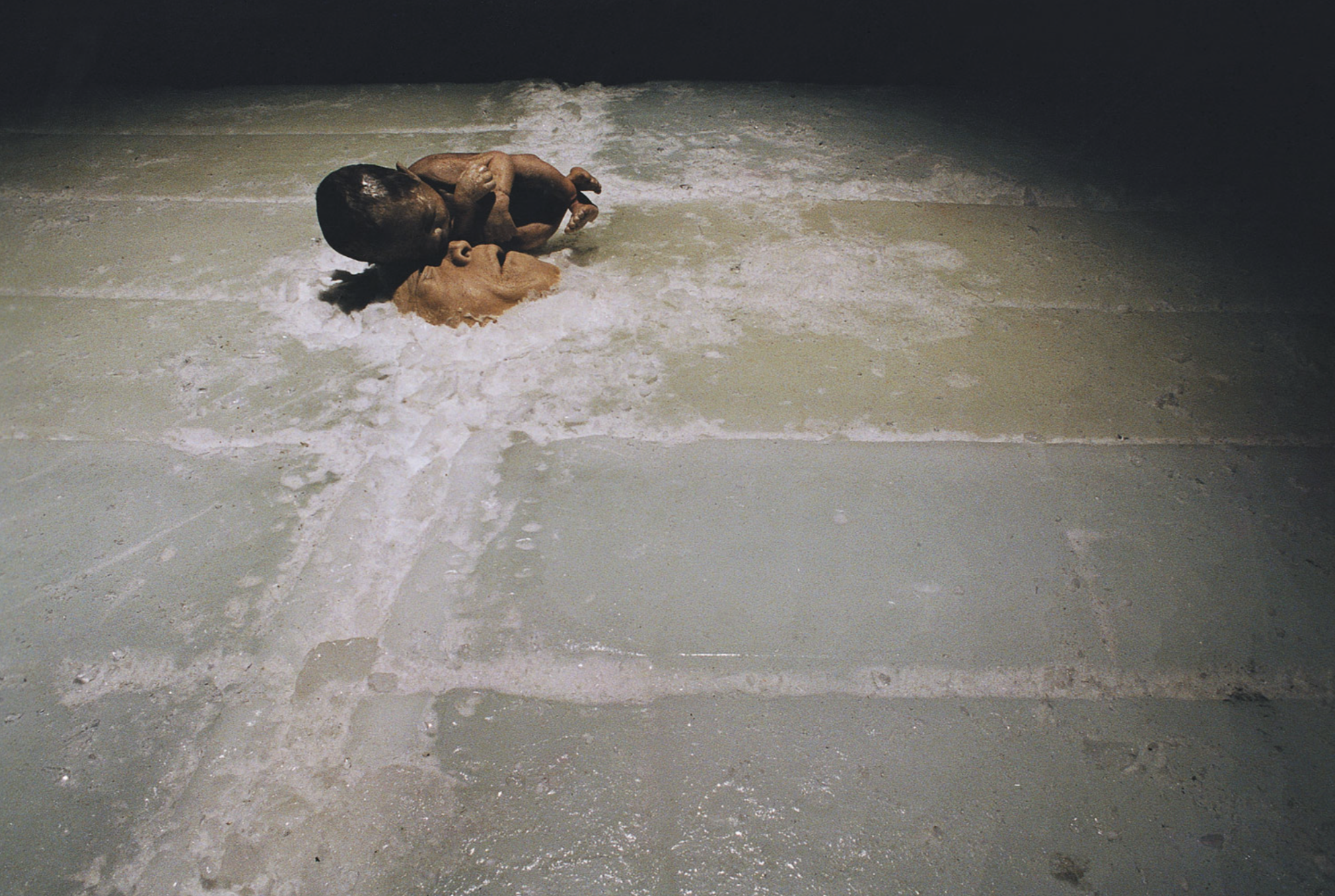
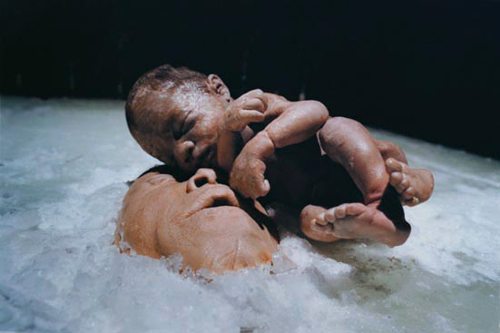
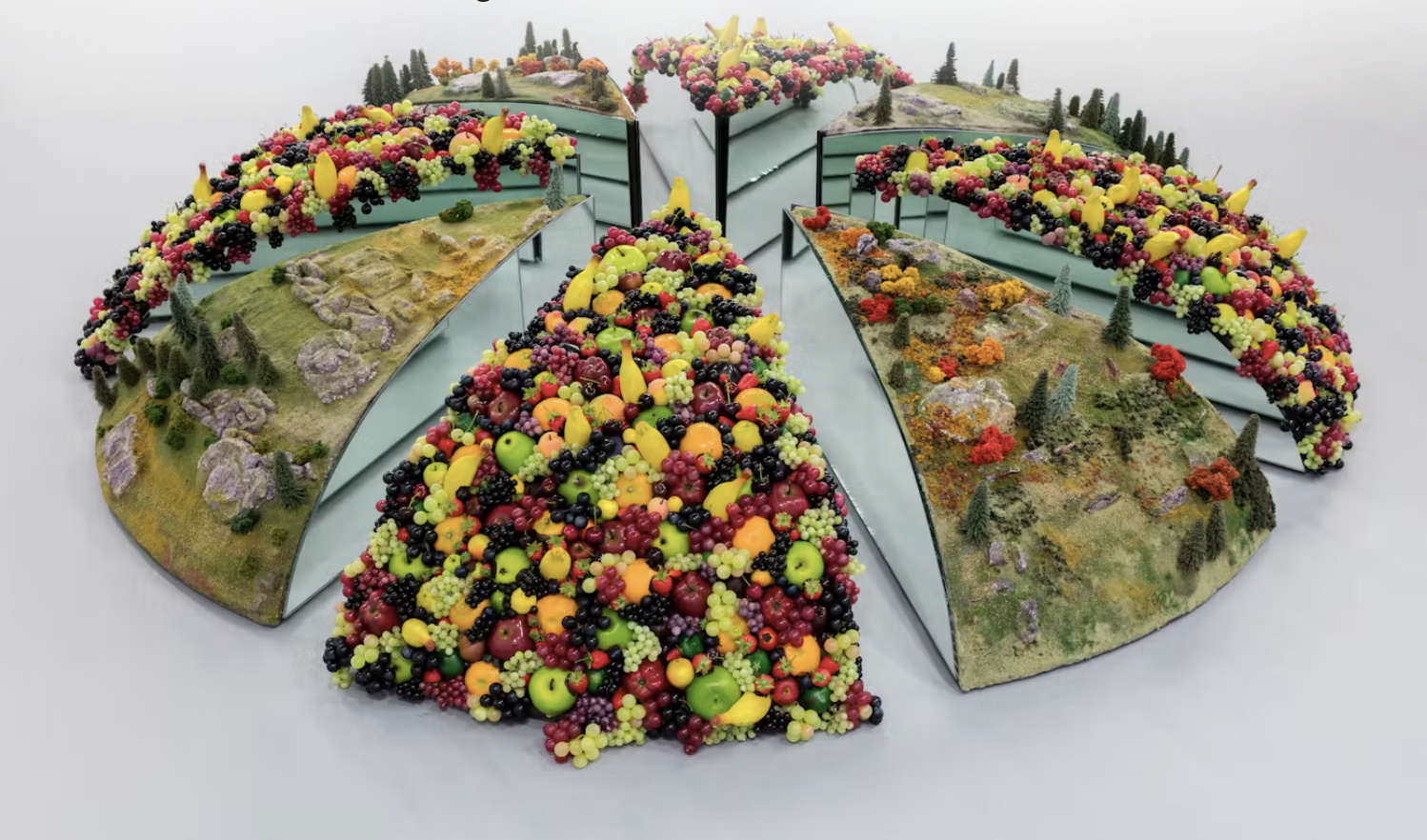

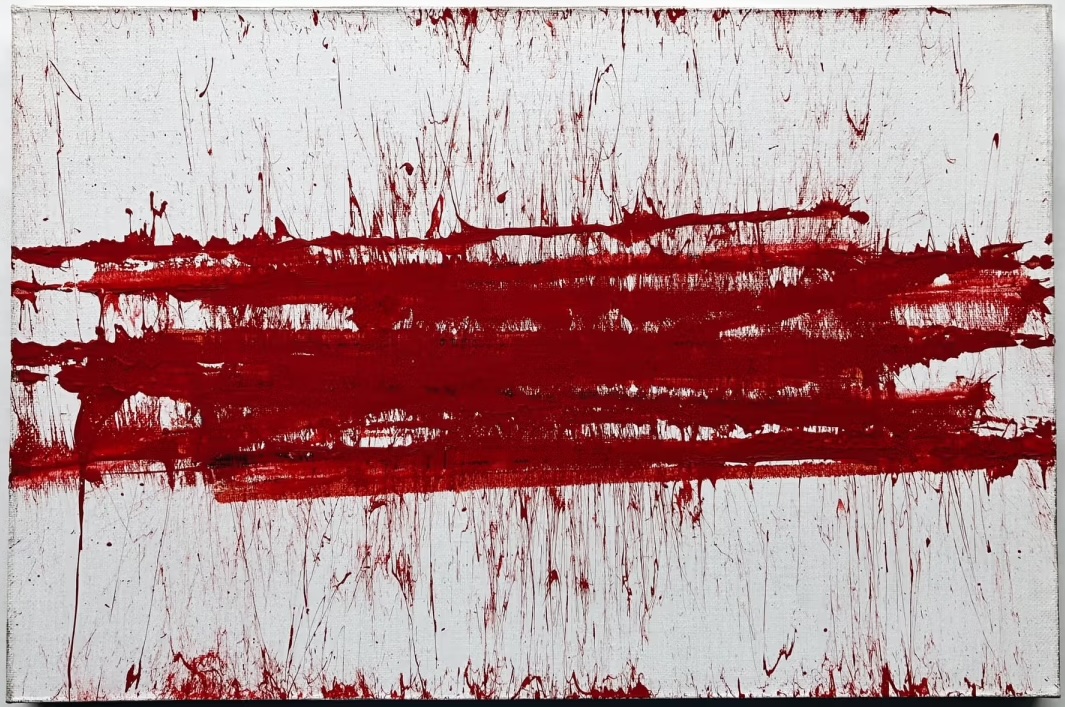
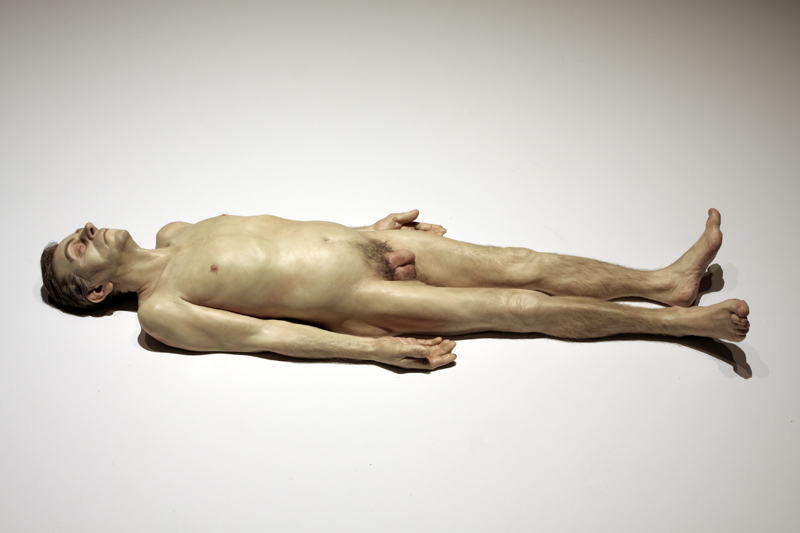
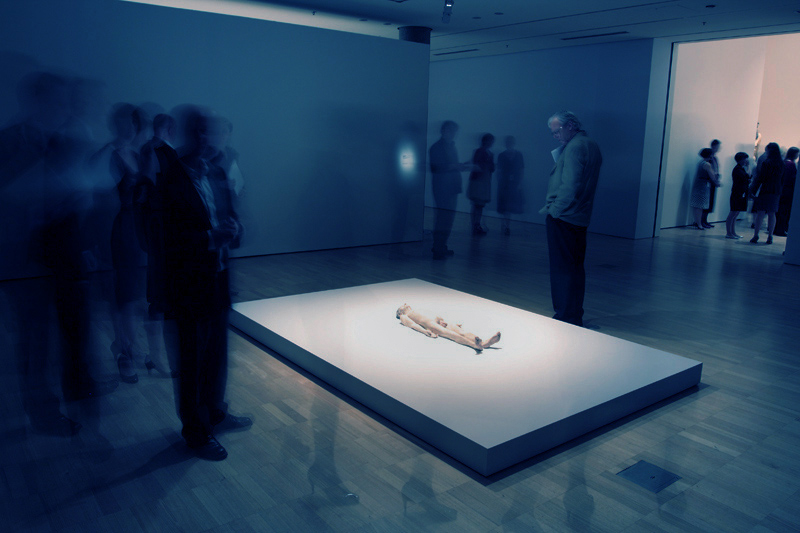
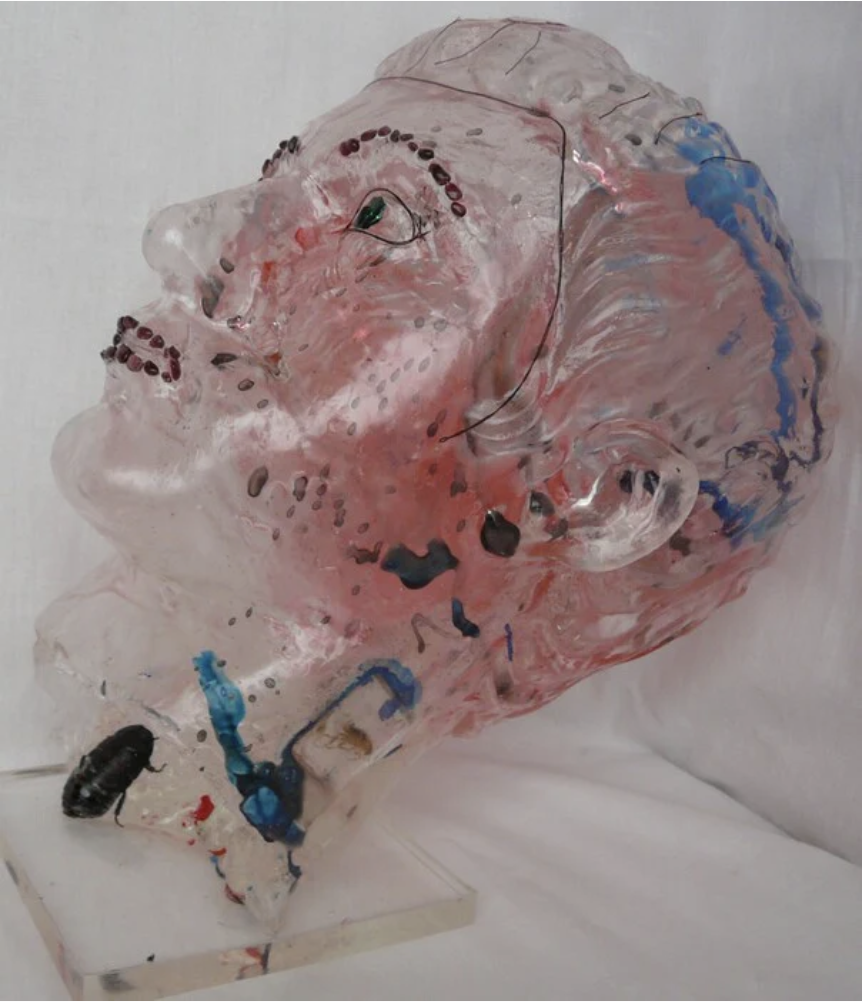

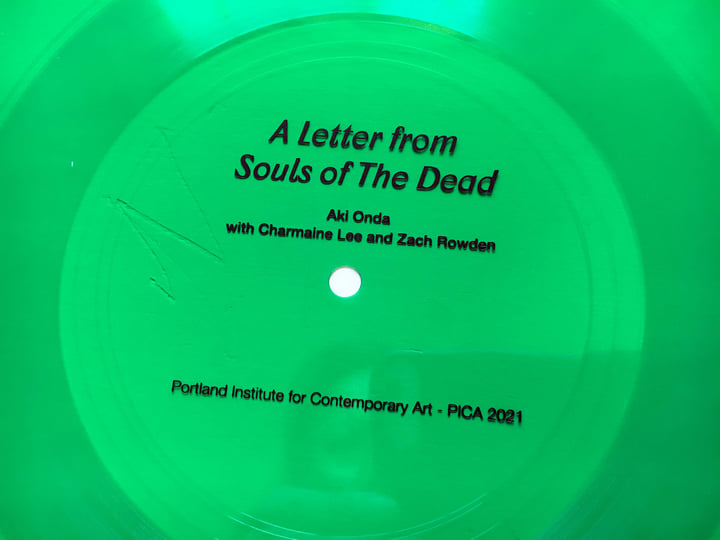
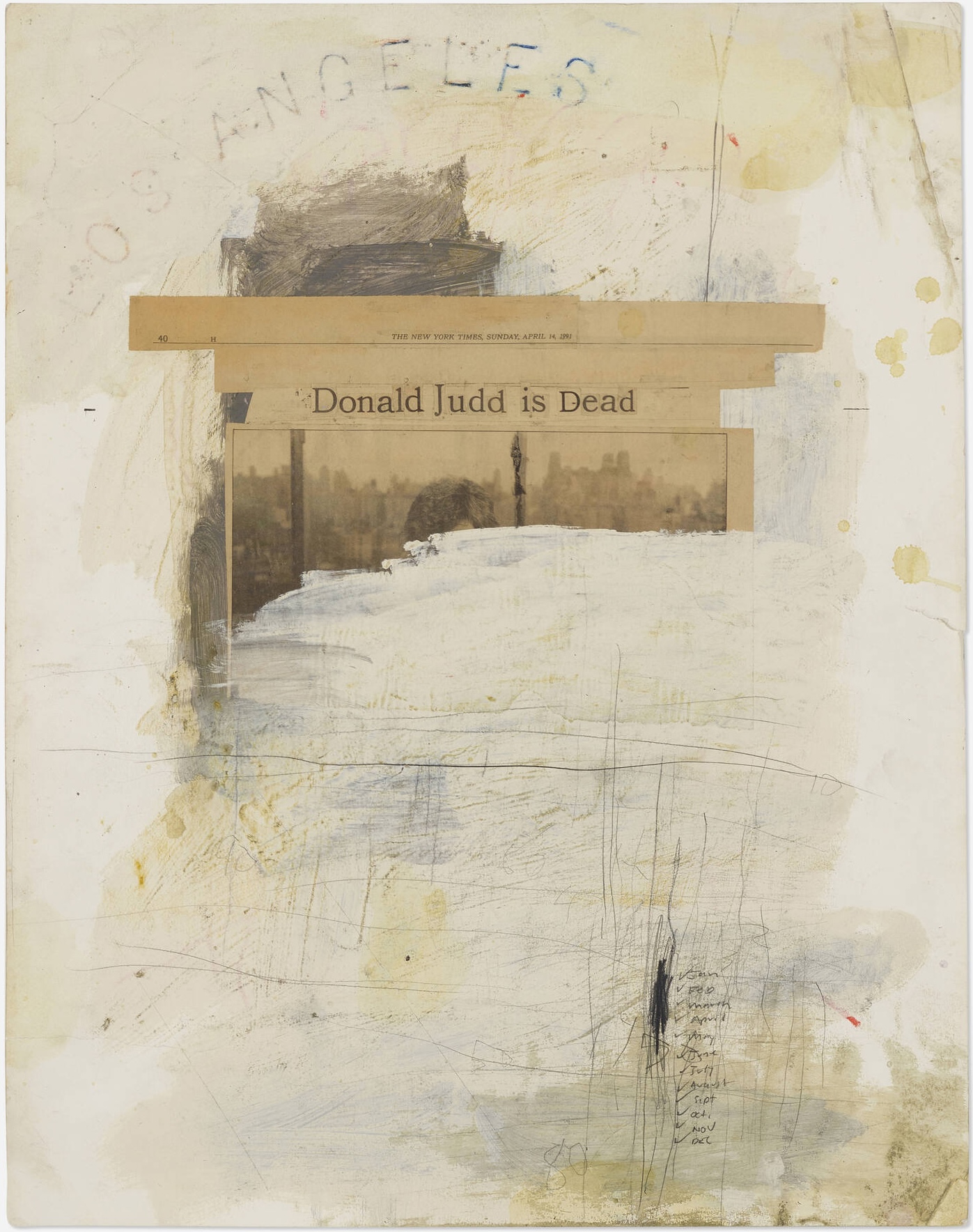
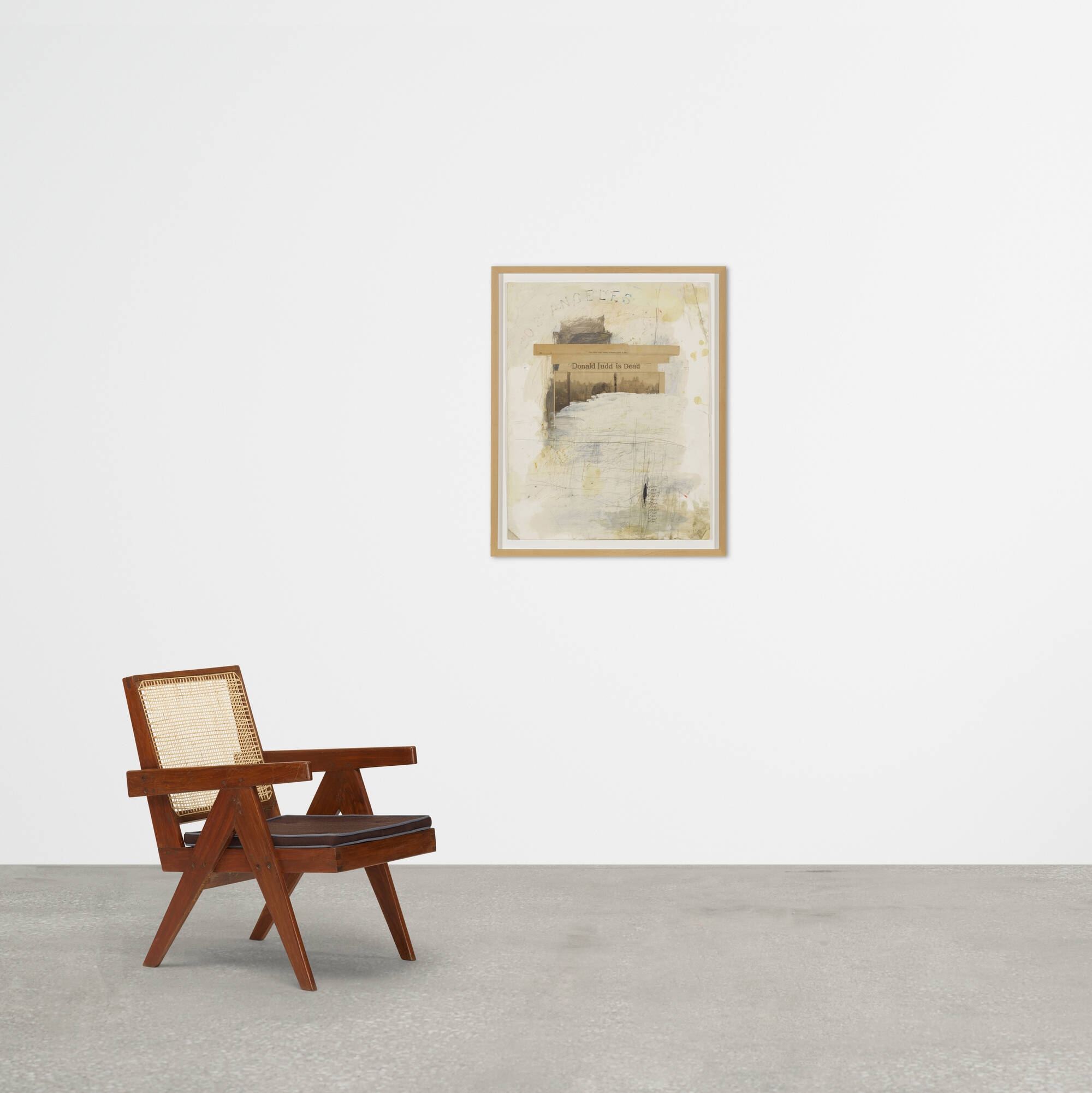
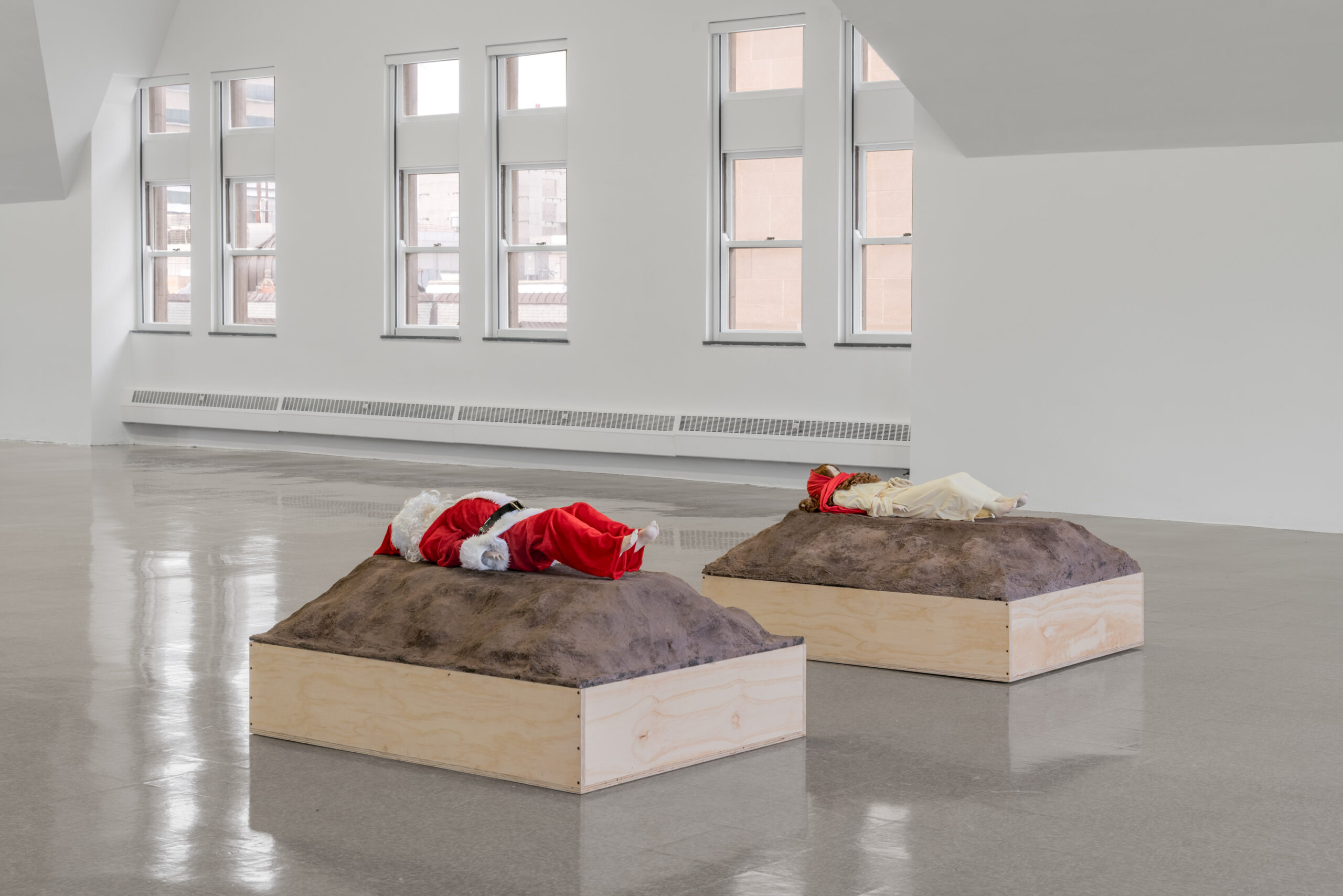

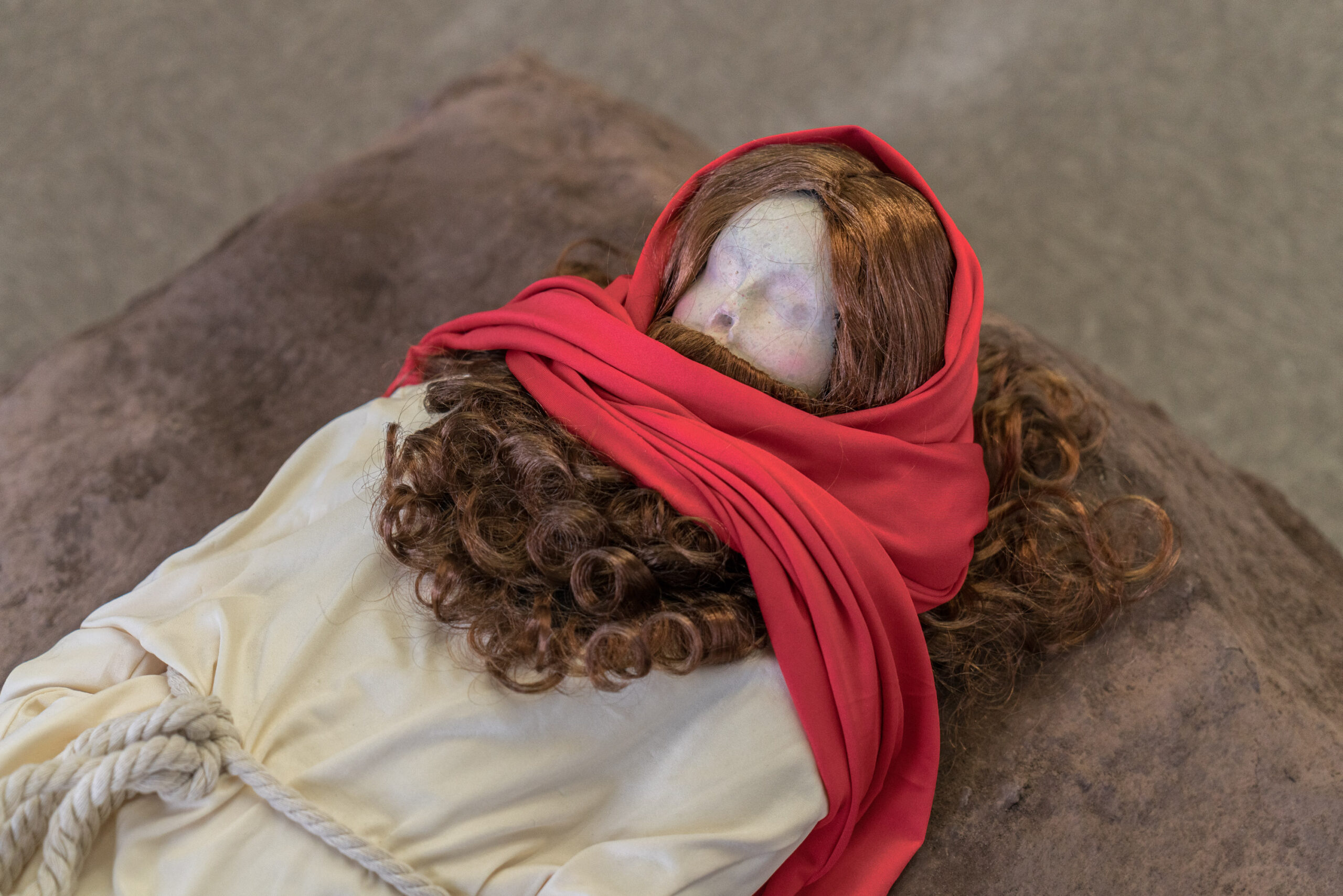

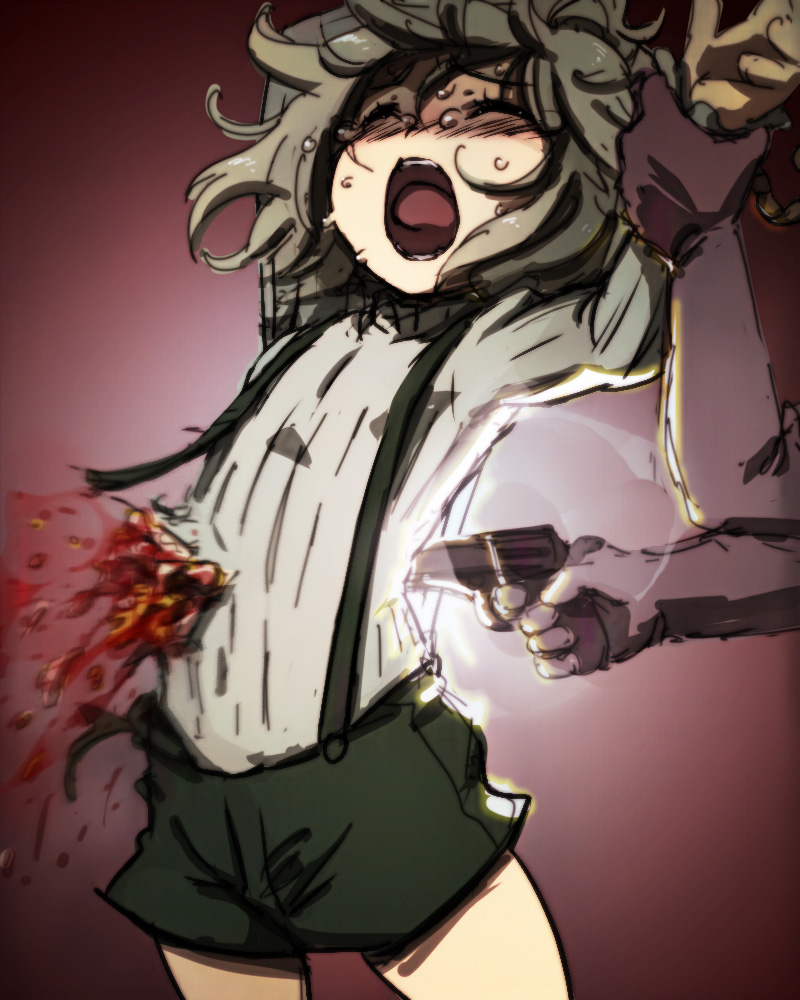
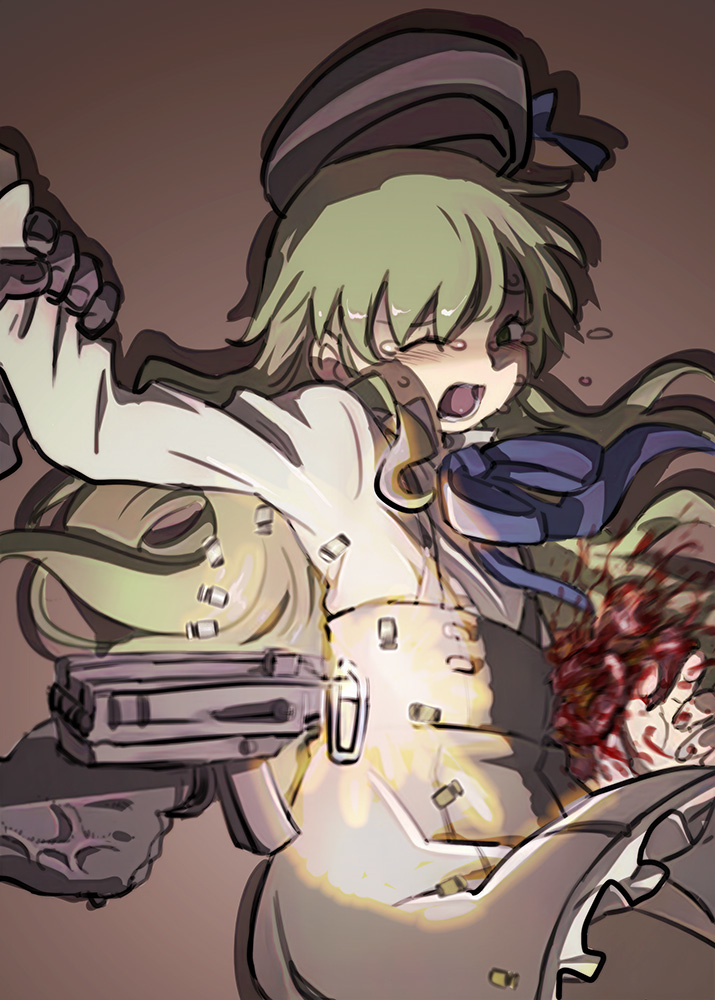
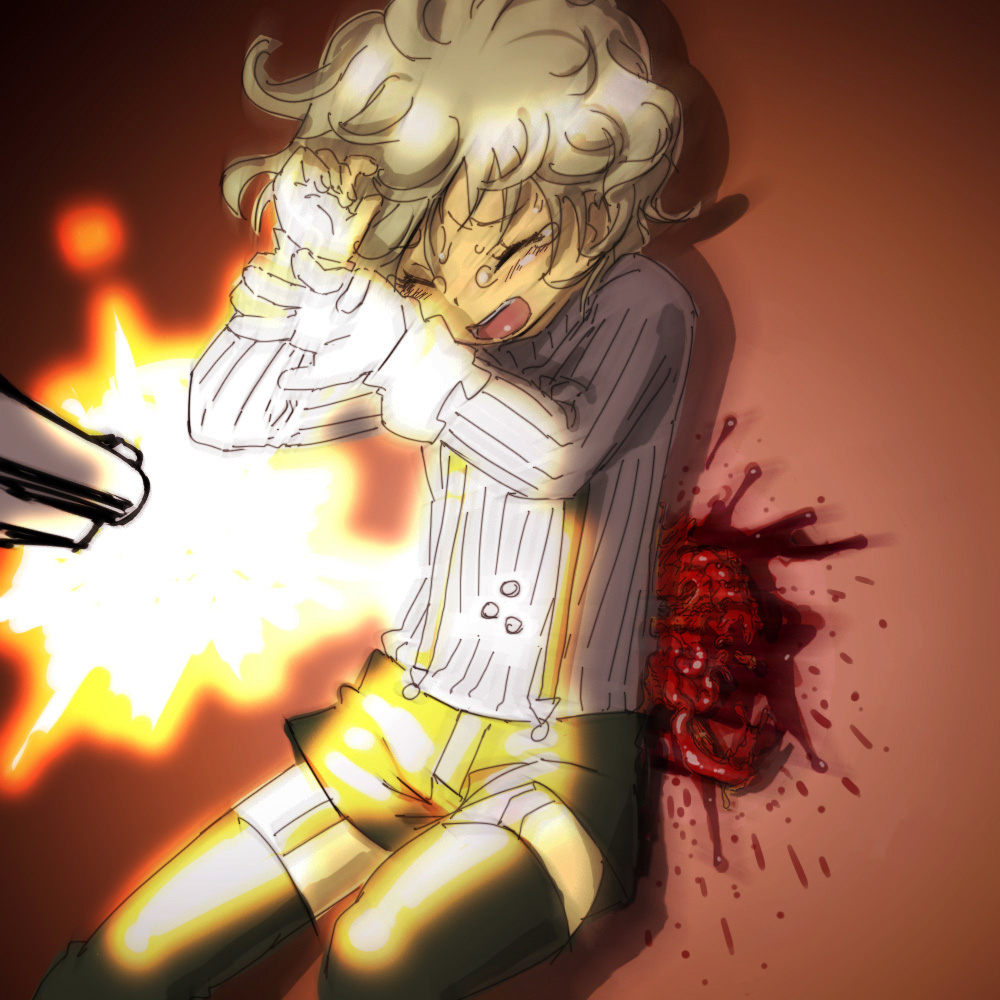
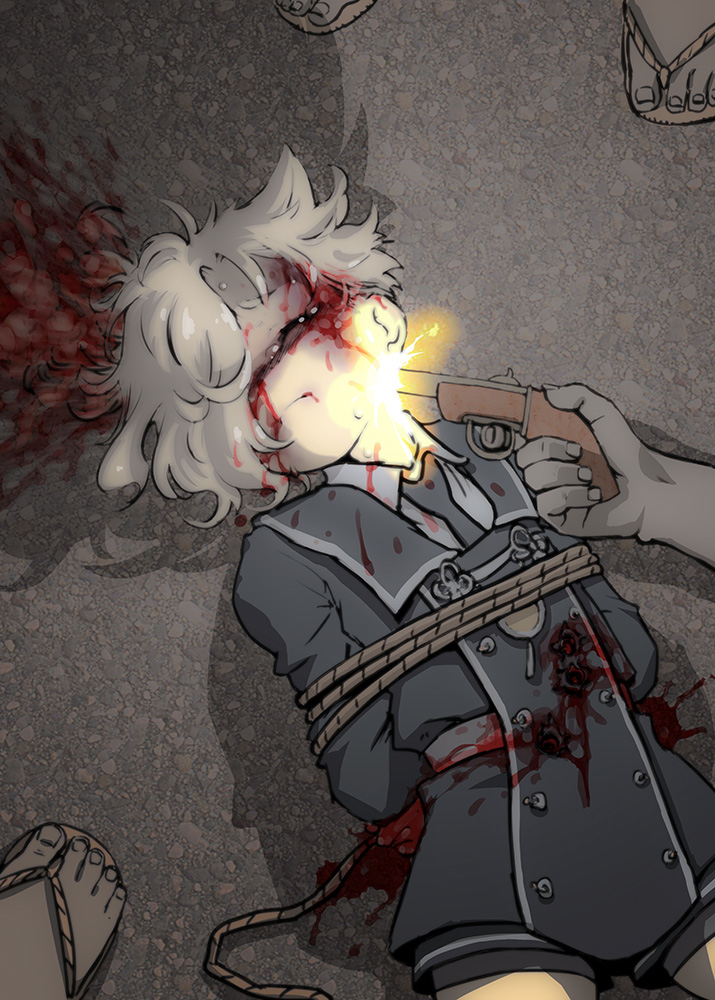
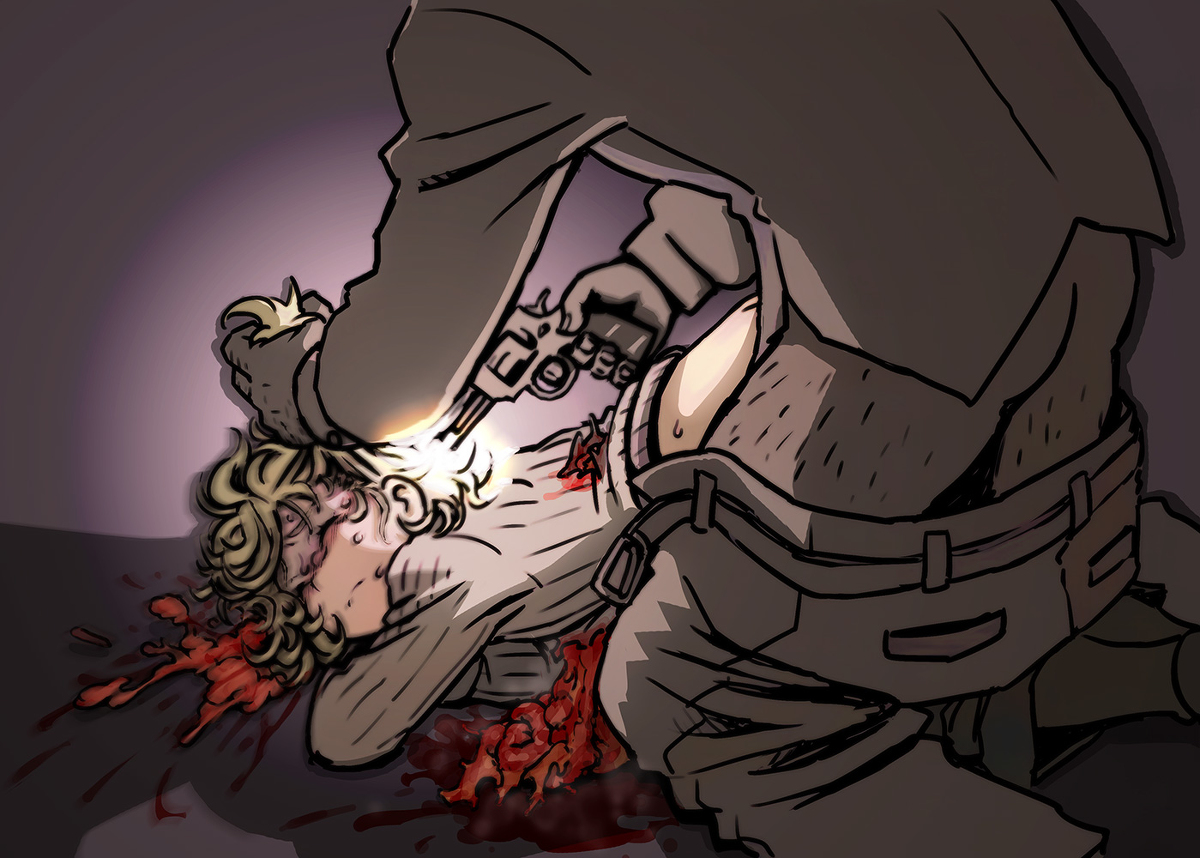




 Now available in North America
Now available in North America 